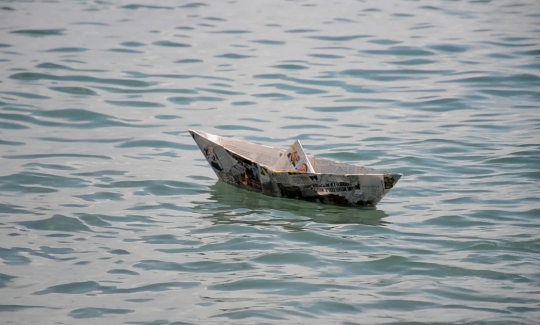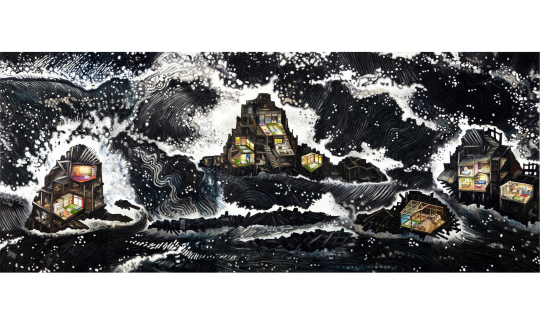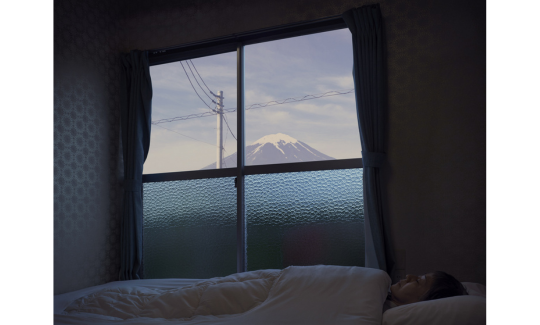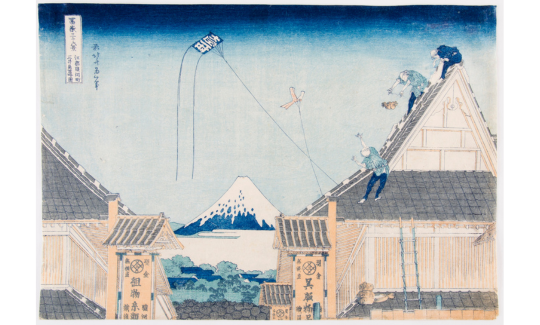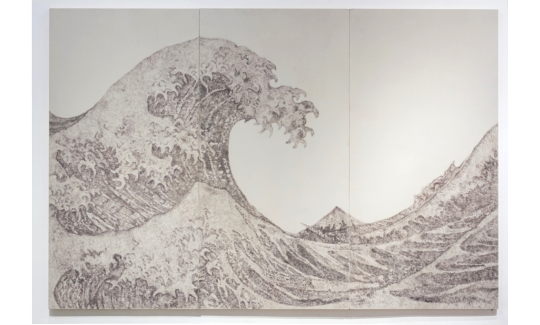The Wave Effect - From a Japanese to Global Icon
Tuesday, 31.12.24, 10:00
Saturday, 07.06.25
curator:
Dr. Etty Glass Gissis
assistant to the curator:
Eden Shwaitzer
More info:
04-6030800
Under the Wave off Kanagawa, from the series Thirty-six Views of Mount Fuji (1831-1833) by the artist Katsushika Hokusai (1760-1849), is a print measuring 26 by 39 cm. Despite its modest dimensions, and although it was printed in commercial quantities, which by modern standards is nothing unusual, it holds a place of honor among international masterpieces and is undoubtedly the most recognizable Japanese artwork in the world. Mount Fuji stands at the center of this entire series of prints and the series’ title. Despite the inversion of the normal relationship between the size of the wave and the size of the mountain in this particular print, and its popularly known name, The Great Wave, the mountain is its focus. Image: ERCK (Erez Caspin), Human Nature, 2024, courtesy of the artist
Image: ERCK (Erez Caspin), Human Nature, 2024, courtesy of the artist
The concept of this exhibition touches on the three elements that make up the Great Wave -- wave, boats, and Mount Fuji. These elements are represented here in the works of Japanese and Israeli artists and are translated into the language of the period in which they were created. The element of the wave is examined through works in which it is a stylized force of nature, an ethereal boundary line, a metaphor for social isolation, and a representation of existential anxiety; not necessarily anxiety related to natural disasters. The element of boats between the waves is associated with works about war in Japanese art and with works dealing with personal and national assimilation in Israeli art. The element of the mountain appears in traditional Japanese works that emphasize different perspectives of the mountain, alongside Israeli artworks which express the attraction to the mountain. The exhibition also gives space to young artists who respond to the work using diverse visual means and in defiant and different ways..jpg) Image: ERZOO, Full Circle, 2024, courtesy of the artist
Image: ERZOO, Full Circle, 2024, courtesy of the artist
An individual reading of the piece and offering of different interpretations, such as being an expression of the worship of the sacred Mount Fuji; its connection to Hokusai's difficult personal situation – the death of his wife, the stroke he suffered, and his grandson who got involved in gambling and was a financial burden. The literature also offers a national political reading, in which the description serves as a metaphor for the uncertainty that rocked Japan when it reluctantly stepped out of a prolonged closure to the outside world to opening its doors to the West and the severe economic crisis it experienced in the 1830s. Japan is familiar with earthquakes and tsunami waves ("tsu" = port; "nami" = wave) and, despite this, there is a consensus among researchers that Hokusai's The Great Wave is not related to the natural phenomenon of tsunami but that Hokusai treats the wave as a metaphor rather than as a natural phenomenon. Only artistic interpretation in later works identifies the great wave with the tsunami phenomenon.

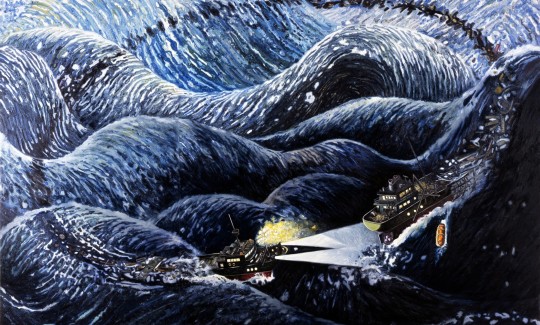


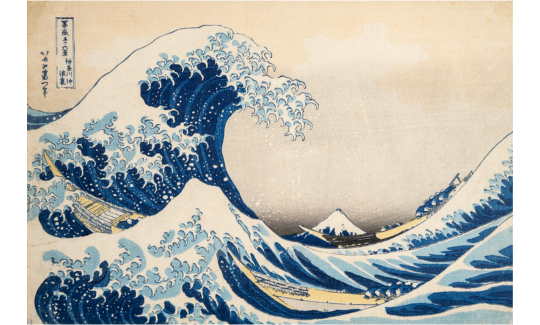
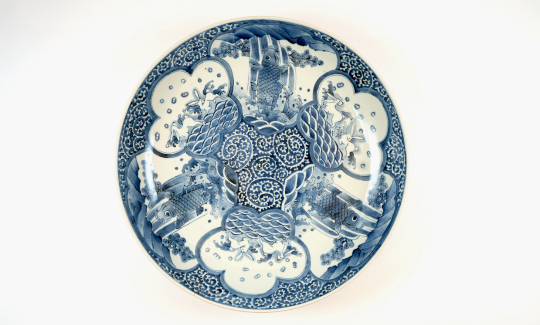
![Untitled [Wave], Gaston Zvi Ickowicz | b. 1974](https://www.hms.org.il/prdPics/events/11220_132162_events_banner_8.png?t=1749482912)
